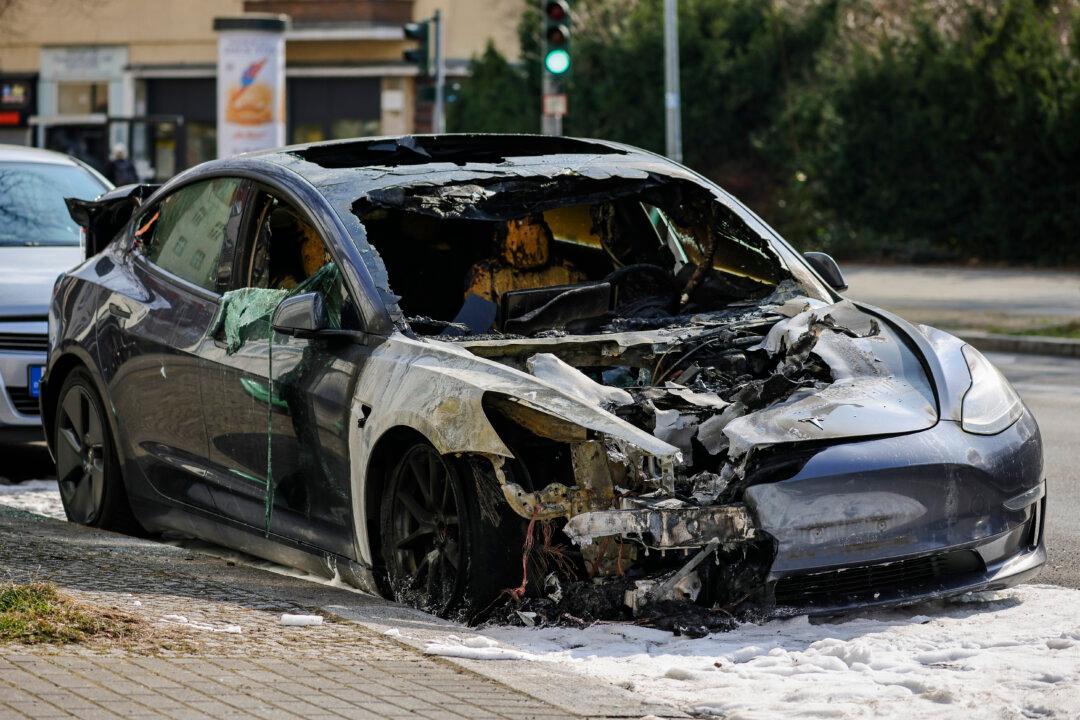Commentary
Several people of late have taken to ending their written communications to me with “Stay safe.” This is a locution that, for some reason or other that I cannot quite explain, I abominate and that infuriates me, even though I am sure that it is probably well-meaning and even in some cases heartfelt.





